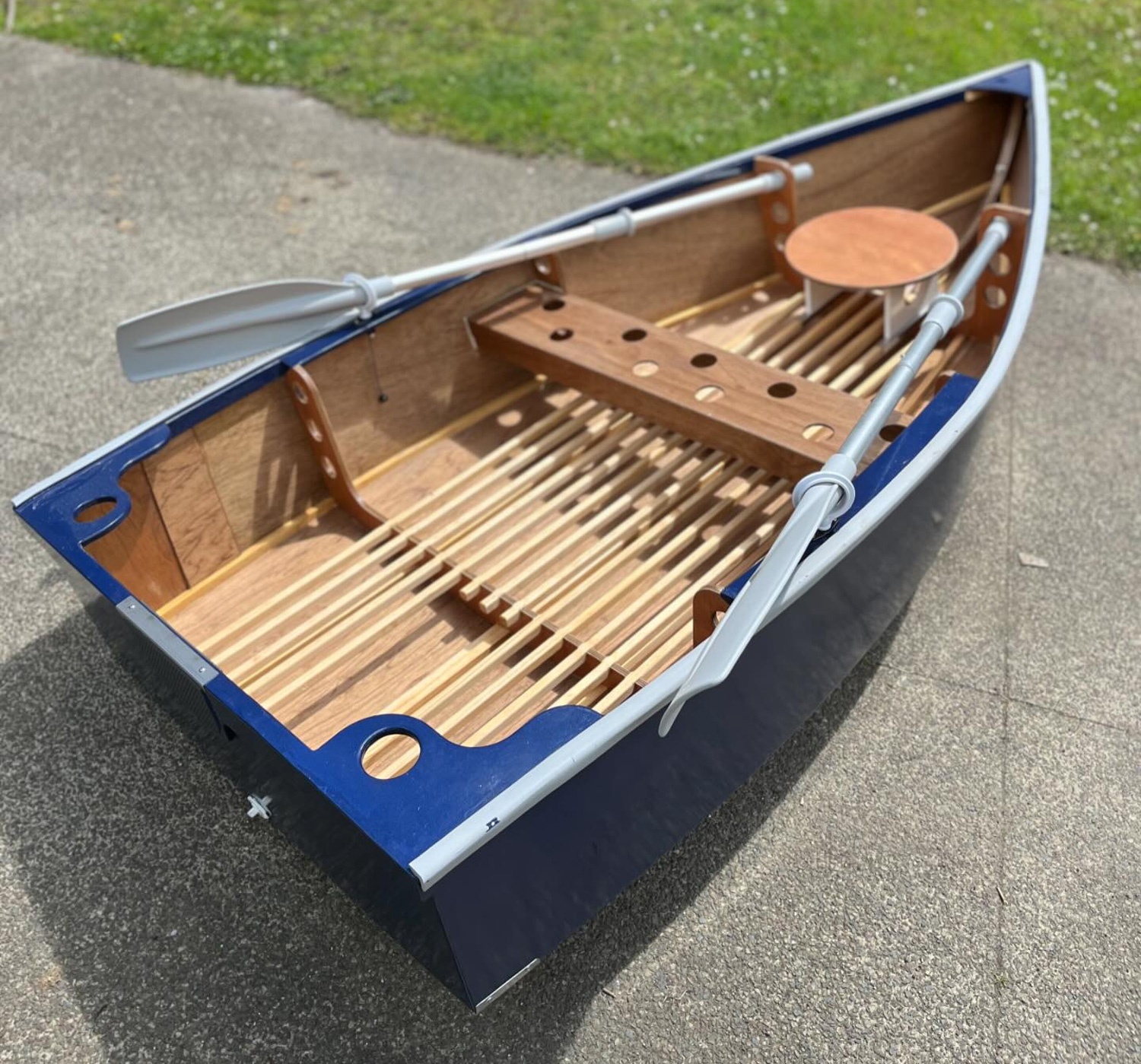Tracking collar programme looks to better understand young Sika
Better understanding and management of the Sika population.
The Central North Island Sika Foundation is taking significant steps to better understand and manage the Sika deer population through a new tracking collar programme.

Foundation secretary Cam Speedy says the Sika tracking collar programme aims to shed light on the less understood aspects of Sika deer behaviour, particularly the movement patterns of young stags.
"One of the kind of black boxes for Sika stags is when they're staghorn with mum," Speedy explains. "They leave mum, go on a bit of OE, and then set up a commute between seasonal fattening country and their home range," he says.
Wallace says this period of dispersal is critical for the stags as they seek new territories and avoid inbreeding by distancing themselves from their mothers and other close relatives.
By fitting young stags with tracking collars, the Foundation will be able to gather six satellite data points per day on each animal's location. This extensive data collection will continue over the next three to four years, providing a comprehensive view of the movement patterns and behaviours of these deer.

Raising Awareness and Promoting Sustainable Hunting
Speedy says the tracking programme is not just about collecting data – it's also educating hunters and the wider community.
"What the Sika Foundation is about is sustainability long term," he says. "How do we look after the places where these deer live so that they thrive? And then how do we look after the herds so that they produce quality venison and quality trophies and quality hunting experiences?"
The data collected from this program is poised to play a pivotal role in habitat management and conservation efforts.
"The data will tell us how far young stags go on average and where they move to," Speedy says.
"Longer term, that helps us plan for better habitat management."
Despite the ecological insights the programme promises, challenges persist, particularly in relation to hunting practices. Many hunters, unaware of the collars or the research, have inadvertently disrupted past studies by shooting collared deer.
"I collared 15 stags between 2009 and 2013 and lost more than half of them to hunting," Speedy says.
The Foundation is keen to change this narrative by fostering a better understanding of deer populations and encouraging more sustainable hunting practices.
"We're trying to encourage hunters to shoot way less stags and way more hinds. That will control the population, improve the quality of the habitat, and, in turn, enhance the quality of both the venison and the trophies that we have for the future," he says.
"If you want quality eight-point stags, we need to understand Sika behaviour and habitat needs."








